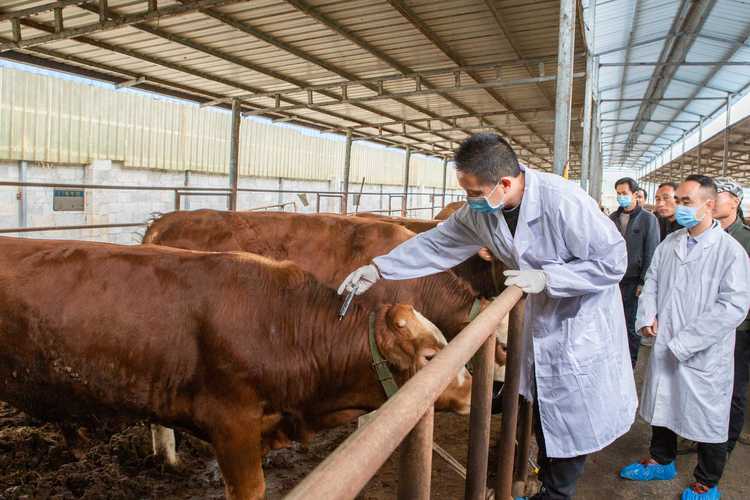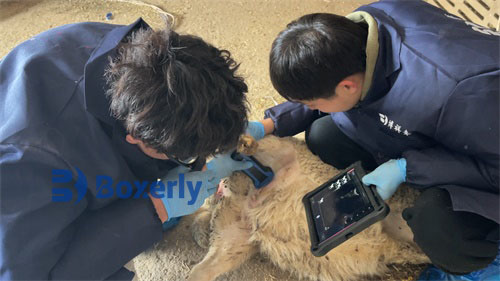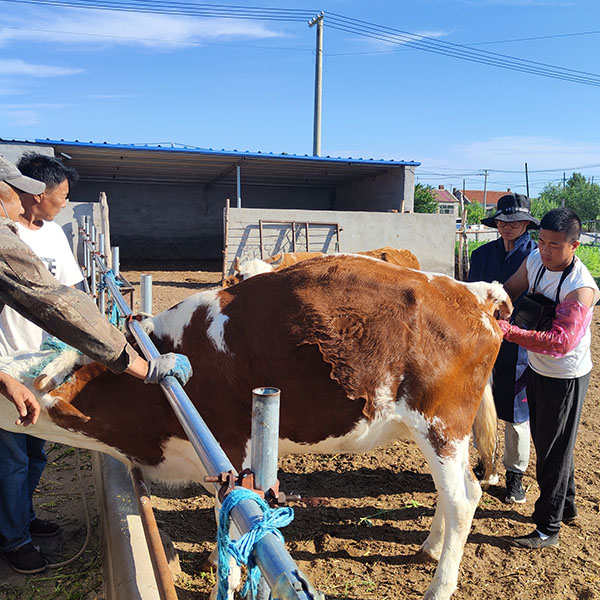For ranch breeding technicians, how to accurately and safely diagnose early pregnancy in dairy cows is an essential skill. From an economic point of view, diagnosing pregnancy as early as possible can detect empty-stomach cows after mating as early as possible, reducing economic losses caused by empty-stomach cows. As a technician, how to effectively, quickly and accurately detect dairy cow pregnancy is an essential professional skill.

Rectal manipulation of dairy cows is an indirect method of diagnosis based on touch. The accuracy rate of the lack of intuitive diagnosis is only 70%, and a clear diagnosis must be made at least 60 days after pregnancy. And the requirements for the experience of the examiner are very high.
The progesterone level determination method is based on the principle that the progesterone content (radioimmunoassay, enzyme-linked immunosorbent assay) in blood and milk after pregnancy is significantly increased. The reliability of this method for negative diagnosis without pregnancy is 100%, while the reliability for positive diagnosis is only 85%.
Veterinary B-ultrasound tomography can directly observe the development changes of the gestational sac in the uterus after pregnancy, and can accurately determine whether pregnancy is present as early as possible. Using a 5.0MHz rectal probe for exploration, the diagnosis rate can reach 100% 30 days after mating. After increasing the ultrasound frequency (7.5MHz) and resolution, the time for diagnosing early pregnancy can be further advanced.
Therefore, the application of veterinary B-ultrasound in the diagnosis of early pregnancy in dairy cows can help technicians accurately and quickly determine the pregnancy status, reduce the number of empty cows, and improve the economic benefits of dairy cow breeding.








